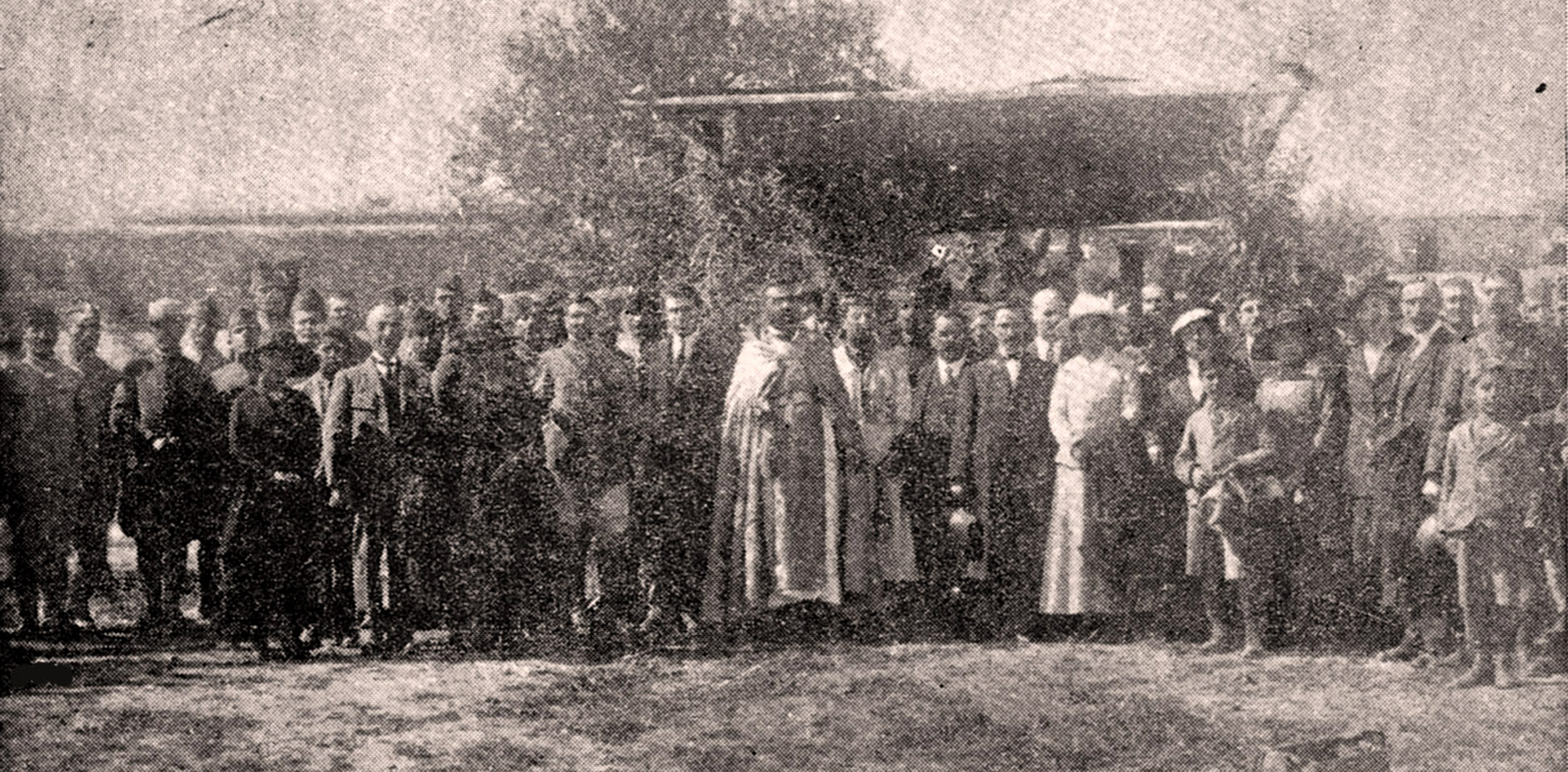Fact No. 55.
Armenian volunteers fought with French and British forces during World War I.
The difficult situation of the Armenians in the final years of the Ottoman Empire became more and more dire as genocidal policies were put in place. Although, much innocent blood was shed in Anatolia and Asia Minor between 1915 and 1923, there were also some instances of Armenians fighting back. The 1918 Republic of Armenia tried its own hand at mustering regular forces and establishing an organised army in the nascent and short-lived First Republic south of the Caucasus mountains. At the other end of the region – by the Mediterreanean Sea – another group of Armenians had come together under the French and British flags to fight with the allies against the Turkish and German forces.
A prominent Armenian of the time, Boghos Noubar, based in Egypt, led the negotiations in 1916 to establish La Légion d’Orient. The idea was to recruit Armenians already outside of the Ottoman Empire to fight for the liberation of the region of Cilicia, in the south-eastern coast of Turkey today (the site of an independent medieval Armenian kingdom), with plans at the time to subsequently establish an autonomous Armenian state. About 4,000 men answered the call, many of whom were Armenian deportees in Egypt and elsewhere, joined by others from the United States – as many as 1,200 from America, in fact – and France, even a handful from Ethiopia, according to some reports.
Due to political complications between the British and the French, the turn of events ran counter to what was foreseen, which was to have the Legion go directly for Cilicia and the northern reaches of Syria. The volunteers, who had arrived in Cyprus for training, were made to move on to Egypt and the Levantine coast, and then work their way up to Cilicia.
The soldiers are remembered today most of all as the force that emerged victorious under the British General Edmund Allenby at the decisive Battle of Arara, north of Jerusalem, in September, 1918. Moving on farther north, after Beirut was taken and with the exit of the Syrian volunteers who also formed part of the troops, the volunteers came to be called more simply and more descriptively as La Légion Arménienne.
The Armenian Legion finally led the way to Cilicia in late 1918 and early 1919, and over a hundred thousand deported Armenians who had survived the genocide accompanied them to return to their homes. The First World War had meanwhile come to an end, with the Ottoman Empire defeated. A conclusive peace was not yet to be had, however, as the post-war conference in Paris turned into a long, drawn-out, and indecisive process.
Late 1919 saw the French arrive to take over from the British in Syria and Cilicia, while Turkish nationalist forces began organising under Mustafa Kemal, who was to lead the establishment of the Republic of Turkey. The political and military decisions made between the French and the new, rising Turkish leadership left the Armenians and plans for autonomy by the wayside. Marash, a principle town of Cilicia, fell in January, 1920, as a secret, night-time retreat by the French was followed by the massacre of thousands of Armenians and a panic-stricken caravan of thousands more fleeing, many of whom became victims of a harsh winter trek to safety. An independent Armenian Cilicia was declared later that year, but it was very quickly shot down by the French.
La Légion Arménienne was disbanded by late 1920, the Armenian aspirations unfulfilled. This aspect of the legacy of the Armenian Genocide is still celebrated today, however, especially among Armenian Diaspora communities, as an example of the willingness for members of the Diaspora to sacrifice their comforts for the sake of a greater national cause.
References and Other Resources
1. Armenian Museum of America. “The Armenian Legion and Its Heroism in the Middle East During World War I”
2. Varak Ketsemanian “The Legacy of the Armenian Legion”, The Armenian Weekly, March 10, 2014
3. “Armenian Refugees Perish in Blizzard: Attempted to Follow French Who Evacuated Marash After Defeat by Turks”, The New York Times, February 29, 1920
4. “The Heroic Armenian Legion”, Keghart.com, January 13, 2010
5. Wikipedia: “Battle of Marash”
6. Wikipedia: “French Armenian Legion”
Follow us on
Image Caption
Religious service for La Légion during training on Cyprus prior to deployment in 1918
Attribution and Source
Collection of Alexander-Michael Hadjilyra [CC-BY-SA-3.0], via Wikimedia Commons
Recent Facts
Fact No. 100
…and the Armenian people continue to remember and to...
Fact No. 99
…as minorities in Turkey are often limited in their expression…
Fact No. 98
Armenians continue to live in Turkey…
Fact No. 97
The world’s longest aerial tramway opened in Armenia in 2010

